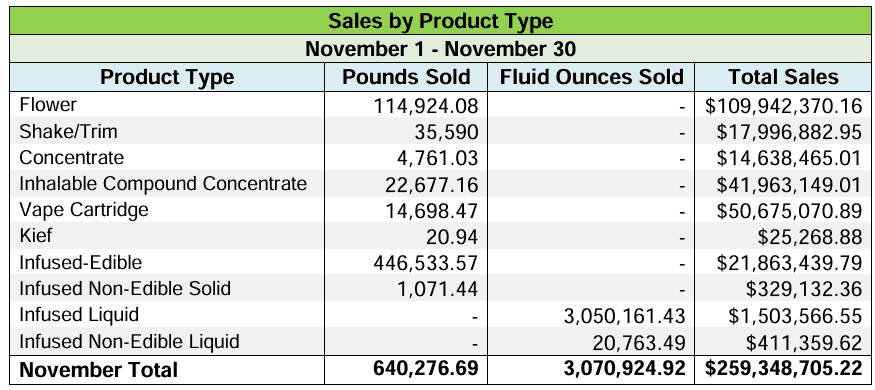Since the acquisition, the social media giant has been taking steps to expand its VR presence, but has thus far kept social and VR separate.
Now the dividing line has been crossed—at least for some users. The new VR app, powered by Oculus, is only available for Samsung Gear VR. Those who own the device will be able to access 360-degree content via their Facebook Timeline.
How Facebook plans to expand the app or its features remains uncertain. The company declined to comment beyond what was said in its blog post.
“Facebook has been transparent about its enthusiasm for both video and virtual reality, so bringing those two paradigms in closer proximity makes strategic sense for the company,” said eMarketer analyst Paul Verna. “Whether users will embrace VR en masse is another question, but in the near future we can expect lots of experimentation by brands, publishers and creative innovators.”
Of the many forms of VR, 360-degree video is one of the easiest and least expensive to produce, distribute and experience. Publishers including The New York Times, CNN, The Economist, National Geographic and many others offer such experiences.
Immersive video has made a strong impression among consumers. An August 2016 survey from YuMe revealed that US internet users have positive attitudes toward 360-degree video, considering it memorable and engaging. Still, while some internet users are aware of 360-degree video, not many are actually using it, YuMe found.
“Right now, it’s more of a novelty to look at 360 views of things,” said eMarketer analyst Victoria Petrock. “There isn’t yet any huge and compelling reason to do that outside of gaming, and maybe watching new movies or videos with hidden content that can only be viewed with VR functionality.”
This article was published in eMarketer.Com







